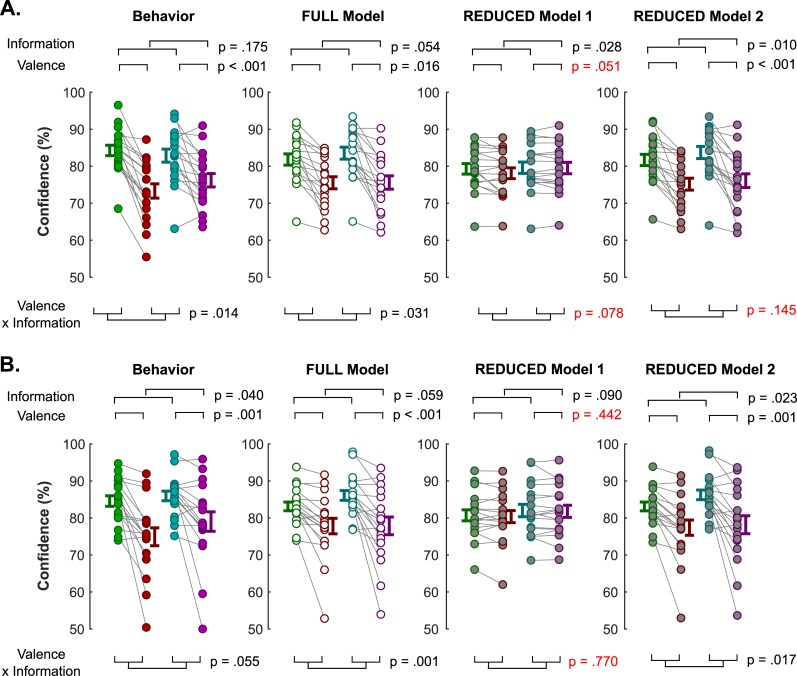Fig 5. Modelling results: Lesioning approach.
Three nested models are compared in their ability to reproduce the pattern of interest observed in averaged confidence ratings, in experiment 1 (A) and experiment 2 (B). In the FULL model, confidence is modelled as a function of three factors: the absolute difference between options values, the confidence observed in the previous trial, and the context value. In the REDUCED model 1, confidence is modelled as a function of only two factors: the absolute difference between options values and the confidence observed in the previous trial. Hence, the REDUCED model 1 omits the context-value as a predictor of confidence. In the REDUCED model 2, confidence is modelled as a function of only two factors: the absolute difference between options values and the context-value. Hence, the REDUCED model 2 omits the confidence observed in the previous trial as a predictor of confidence. Left: pattern of confidence ratings observed in the behavioral data. Middle-left: pattern of confidence ratings estimated from the FULL model. Middle-right: pattern of confidence ratings estimated from the REDUCED model 1. Right: pattern of confidence ratings estimated from the REDUCED model 2. In red are reported statistics from a repeated-measure ANOVA where the alternative model fails to reproduce important statistical properties of confidence observed in the data. Connected dots represent individual data points in the within-subject design. The error bar displayed on the side of the scatter plots indicate the sample mean ± sem.

